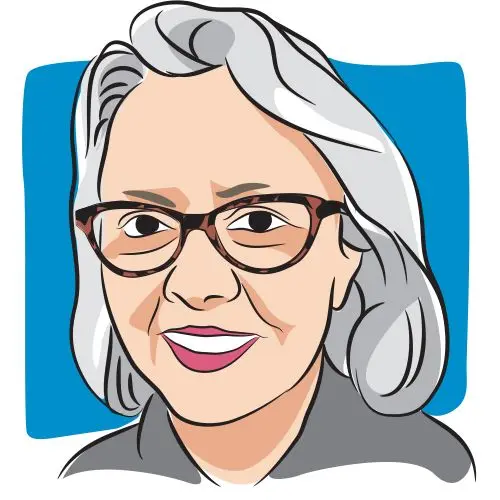Article
3-D Mammograms Create Less Stress in Breast Cancer Screening
Author(s):
3-D mammograms are now getting a better look at breasts, meaning cancer is spotted more easily and there are less women unnecessarily called back for unnecessary imaging.
For women who are called back for a second look after their yearly breast mammography, the wait time between appointments can be dreadful — just the thought of cancer can be extremely stressful. Cancer that goes undetected can be even more problematic.
With 3-D mammography, more women put their minds at ease, according to a recent study by researchers at the University of Pennsylvania published in the journal JAMA Oncology. This study showed that the use of 3-D mammography reduced the number of women called back for unnecessary follow up appointments each year.
“Patients are very excited about this because nobody likes to come back unnecessarily for additional imaging,” says Sally Friedewald, a radiologist at Northwestern Medicine in Chicago.
Friedewald led another study in 2014 that proved the benefits of 3-D mammography over a span of one year. This new study, which was conducted over three years, shows that the benefits of 3-D mammography increase as time goes on. In fact, the study showed that the number of unnecessary call backs went down, while the percentage of cancer detection increased.
Only about 8.9 to 9.2 percent of women were were called back for unnecessary second imaging with the use of the 3-D mammography, versus the 10.4 percent for the more typical 2-dimensional mammography.
“One of the main criticisms of mammography is that there are a lot of false positives. The 3-D mammogram really addresses that main concern,” Friedewald said. “We’re picking up more cancers too — the invasive cancers, the cancers we worry about,” she commented, adding that 3-D mammographies are better able to see through the dense breast tissue than the standard mammography. Also, once an abnormality is seen with the 3-D image, doctors have a better idea of what it is and have fewer compounding questions.
There is at least one place in every state in the U.S. that provides 3-D mammography service, and Friedewald said that the numbers are growing as the tests are reaching out to smaller community care centers in less populated areas.
While Medicare covers the cost of a 3-D mammography, most other insurance companies are apprehensive about shelling out the money to pay for them because no longer-term studies have been able to definitely prove that this procedure could be life-saving.
“There are no long-term outcomes that we can say, ‘Yes, this saves lives.’ We think it likely will, but we have to wait 20 or 30 years before we have those numbers,” Friedewald says. “We’re hoping that this data will then help improve insurance coverage because this will be a huge help for women.”
But Friedewald is confident about the increased use of 3-D mammographies in the near future.
“My feeling is that this will be the standard of care within the next five years,” she said.




